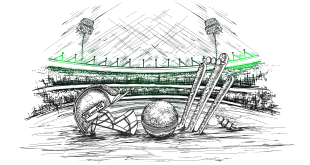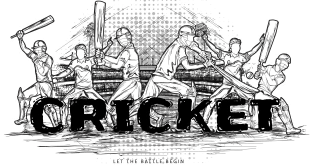 A helmet is a form of protective gear worn on the head to protect it from injuries, a variation of the hat. Ceremonial or symbolic helmets (e.g., English policeman’s helmet) without protective function are sometimes used. The oldest known use of helmets was by Assyrian soldiers in 900BC, who wore thick leather or bronze helmets to protect the head from blunt object and sword blows and arrows in combat. Soldiers still wear helmets, now often made from lightweight plastics materials, to protect the head from bullets and shell fragments.
A helmet is a form of protective gear worn on the head to protect it from injuries, a variation of the hat. Ceremonial or symbolic helmets (e.g., English policeman’s helmet) without protective function are sometimes used. The oldest known use of helmets was by Assyrian soldiers in 900BC, who wore thick leather or bronze helmets to protect the head from blunt object and sword blows and arrows in combat. Soldiers still wear helmets, now often made from lightweight plastics materials, to protect the head from bullets and shell fragments.
Helmets are known to have been worn by Ancient Greeks and Romans, throughout the Middle Ages, and up to the end of the 1600s by many combatants. At that time, they were purely military equipment, protecting the head from blows, swords, arrows, (low-velocity) musket fire and similar risks. Some helmets had a sort of extension made of leather strips called pteruges to protect the neck, particularly common in the Middle East.
Helmets were first made of boar’s tusk and leather, then bronze and iron during the Bronze and Iron Ages, but soon came to be made entirely from forged steel in many societies after about 950A.D. Military use of helmets declined after 1670, and rifled firearms ended their use by foot soldiers after 1700. By the 18th century cavalry units, who protected their bodies with steel cuirasses, frequently wore metal skull protectors under their hats, called “secrets”.
The Napoleonic era saw ornate cavalry helmets reintroduced for cuirassiers and dragoons in some armies; they continued to be used by French forces during World War I as late as 1915, when they were replaced by the new French Adrian helmet. Ornate helmets were soon replaced by functional steel helmets by warring nations.
The Prussian Pickelhaube spiked helmet offered almost no protection from the heavy artillery used during World War I, and in 1916 was replaced by the German steel helmet, or Stahlhelm. World War I and its increased use of heavy artillery had renewed the need for steel helmets, which were quickly introduced by all the combatant nations for their foot soldiers. In the 20th century steel helmets offered protection for the head from shrapnel and spent, or glancing, bullets.
 Kids Portal For Parents India Kids Network
Kids Portal For Parents India Kids Network




